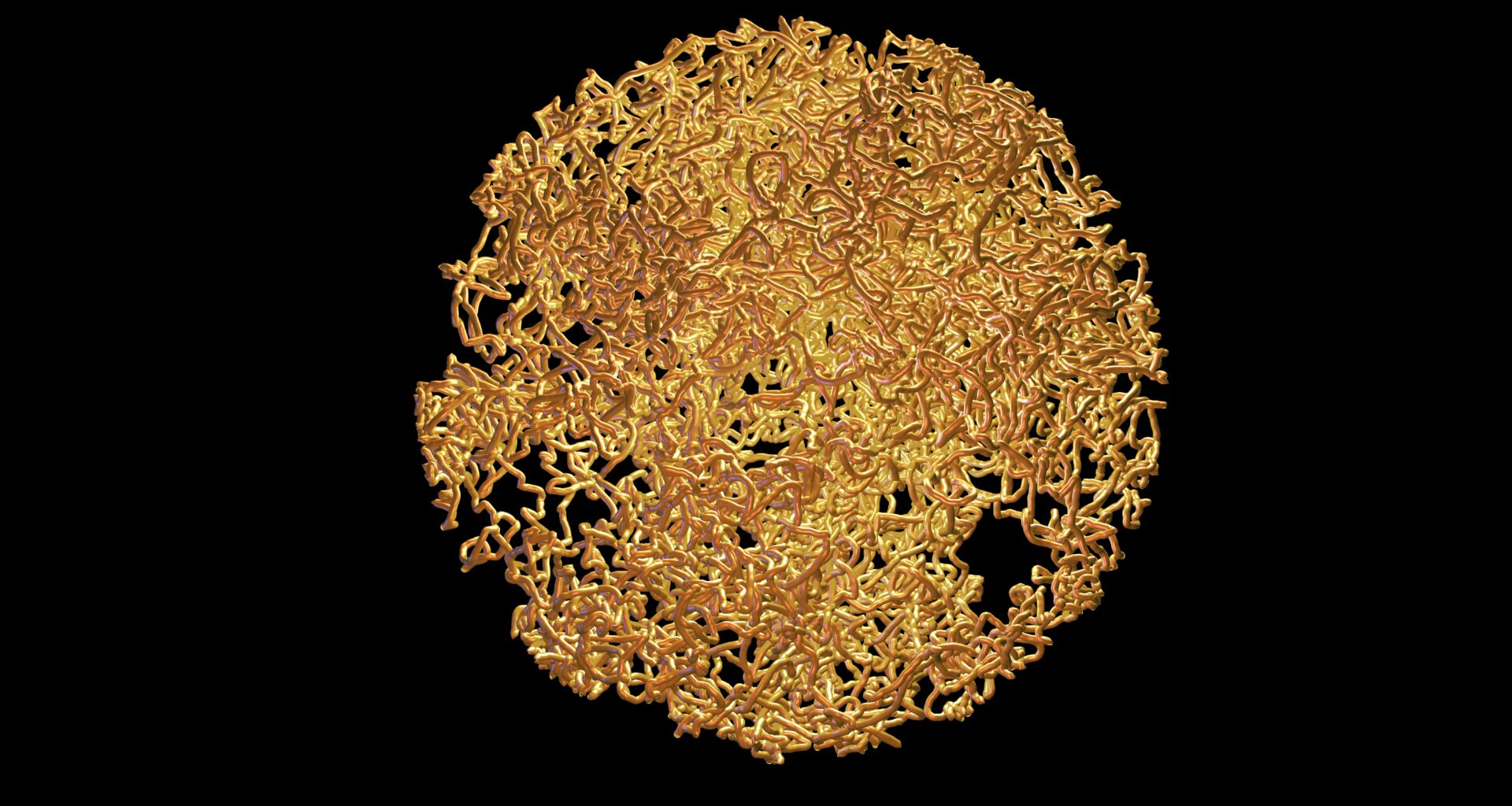Abstract
The world is filled with rotating objects-gyroscopes, magnetic spins, and more recently, qubits in quantum computers. For example, the atomic nuclei in our bodies precess at megahertz frequencies inside NMR machines. In practice, it is often desirable to return such a rotating system precisely to its starting point. At first glance, this seems impossible: after an elaborate sequence of twists and wobbles, how could one possibly retrace the path back to the origin?
The astonishing answer is that it is always possible. No matter how tangled the history of rotations, there exists a simple recipe: rescale the driving force and apply it twice. A single application is never sufficient, but applying this doubled, rescaled force guarantees an exact return. Under this operation, the spin-or the qubit, or any rotor-will unfailingly come home.
This discovery was made by Distinguished Professor Tsvi Tlusty from the Department of Physics at UNIST and Jean-Pierre Eckmann from the University of Geneva, Switzerland. Their study reveals that, despite their apparent complexity, rotations conceal a fundamental order. The mathematical groups describing rotations-known as SO(3) for classical objects and SU(2) for quantum ones-are among the most studied in physics. Yet even within this well-understood framework, the authors identified a new, elegant solution: a perfect reset button.
 Figure 1. A walk in the space of rotating spins and qubits.
Figure 1. A walk in the space of rotating spins and qubits.
Why does this matter? Because rotations underpin nearly all modern technology and science. From stabilizing satellites to decoding brain scans, from nuclear magnetic resonance to quantum computing, we constantly task rotators with performing intricate dances. This new result guarantees that, regardless of how complicated the choreography, there is always a way to return the system to its original pose.
The findings of this research have been published in Physical Review Letters, on October 1, 2025.
Journal Reference
Jean-Pierre Eckmann and Tsvi Tlusty, “Walks in Rotation Spaces Return Home When Doubled and Scaled,” Physical Review Letters, (2025).
/Public Release. This material from the originating organization/author(s) might be of the point-in-time nature, and edited for clarity, style and length. Mirage.News does not take institutional positions or sides, and all views, positions, and conclusions expressed herein are solely those of the author(s).View in full here.

